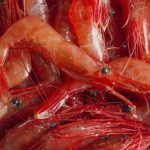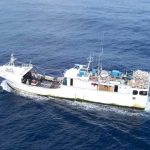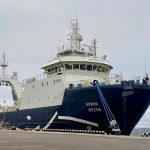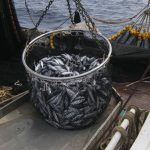FAO Members gas agreed to adopt international guidelines aimed at limiting the impact of fishing on fragile deep sea fish species and habitats. It is said that the guidelines provide a framework that fishing nations should use when operating in high-seas areas outside of national jurisdictions, where many deep sea fisheries (DSF) are located. They agreed that all fishing activity in deep sea areas should be “rigorously managed,” they lay out measures to be taken to identify and protect vulnerable ecosystems and provide guidance on the sustainable use of marine living resources in deep-sea areas.
It is also told that fishing nations should assess the deep-sea fishing being undertaken by their fleets in order to determine if any significant adverse impacts are involved; deep sea fishing activity should cease in any area where significant adverse impacts to vulnerable marine ecosystems are thought to be taking place. It is also recommended that where DSF can be undertaken responsibly, more appropriate fishing methods should be used to reduce impacts on non-target species.
According to the guidelines there are steps for improving information on the location and status of vulnerable marine ecosystems and deep sea fisheries. It is observed that managing deep-sea fisheries in high seas areas outside of countries’ exclusive economic zones has always been difficult, therefore it requires multilateral solutions involving not only nations whose vessels are engaged in deep-sea fisheries but other interested countries as well.
Ichiro Nomura, Assistant Director General of FAO’s Department of Fisheries and Aquaculture, explained that these guidelines represent one of the few practical instruments of this nature, and are a breakthrough in that they address both environmental and fisheries management concerns in an integrated manner.








